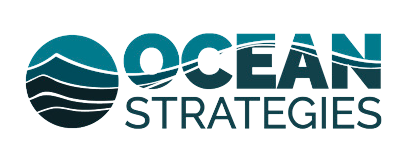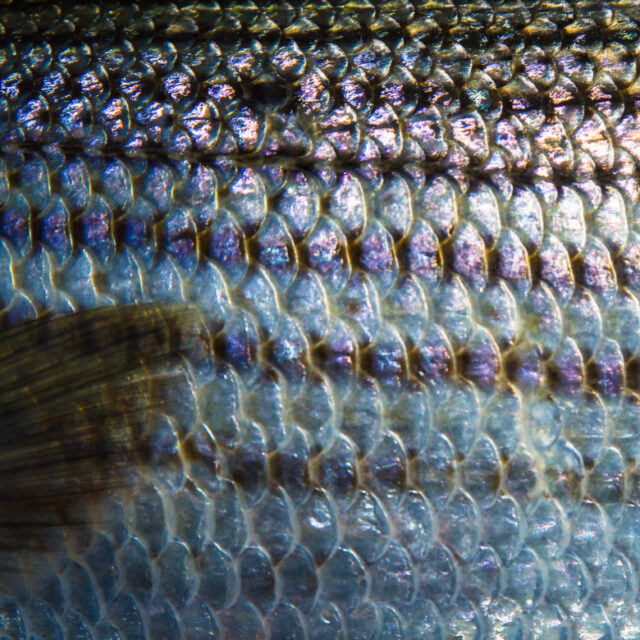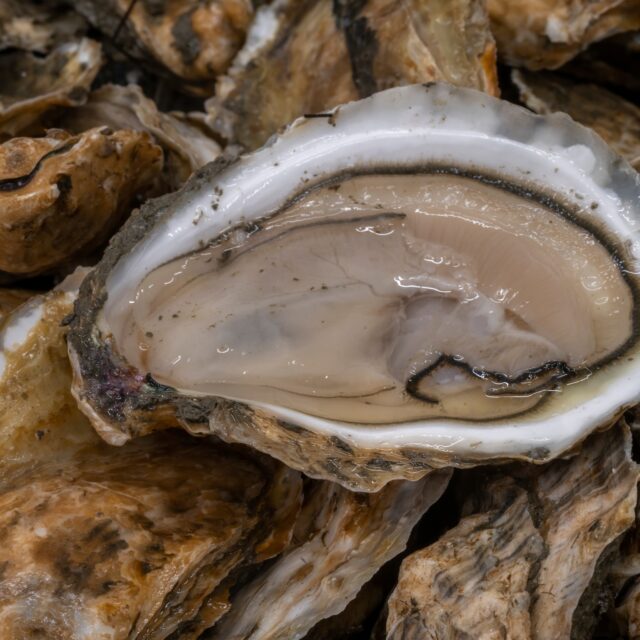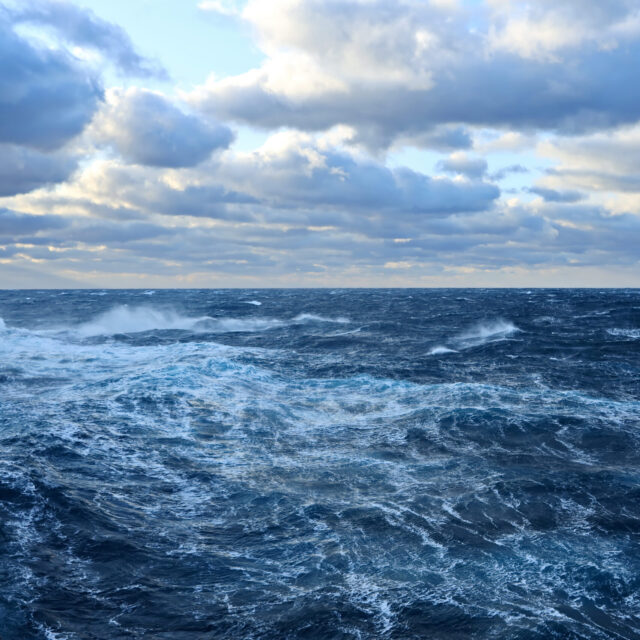Community-based solutions to market shake-ups
Ocean Strategies Senior Consultant Hannah Heimbuch delivers her second installment to her family’s personal story amid Alaska’s fish processing challenges. Please consider reading her first chapter published in early April 2024 and stay tuned for more as her summer fishing season unfolds.
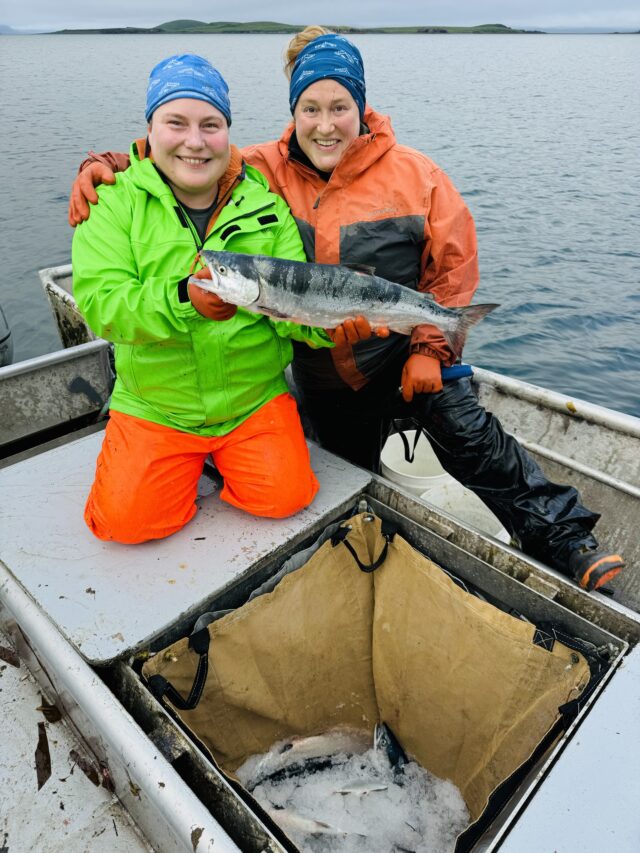
After four months of scrappy freight logistics, ice machine research, uncommon vessel negotiations, and more than a couple fleet-wide zoom meetings, Alitak setnet salmon fishermen in the Gulf of Alaska have delivered the first catch of the season.
We weren’t sure we would see a 2024 salmon season at all. After long-time buyer Ocean Beauty Icicle dropped the Alitak setnet fleet from its fisherman roster, we lost the only established means for gearing up remote fishing camps, fueling boats, and selling catch. OBI still owns the only processing plant on the south end of Kodiak Island, where Alitak Bay is located, but no longer operates any fish processing, buying or fleet support from there. And after a year where 3 of Alaska’s largest processors sold or consolidated major assets, continuing to strain under the pressure of market declines, buyers weren’t exactly coming out of the woodwork to scoop up our small-boat fleet.
But here we are fishing. So what made the difference for Alitak?
Community. The season has been made possible by substantial efforts from individuals — both within and outside the fleet — to keep harvester businesses in operation. Fleet leaders contracted a fish transporter in Oregon willing to share in the risk of a fishing season with significant unknowns. Several individual camps invested in ice machines, and neighbors pooled resources to stockpile fuel and other critical supplies.
But the linchpin that’s making it all work is a new relationship with Alaska-based processor and fisherman-owned Silver Bay Seafoods. SBS operates a plant in the city of Kodiak and buys seine fish around the island, but didn’t have the capacity to fully commit to a new fleet right before the season. And they’ve never worked with a setnet fleet before. But that didn’t stop them from picking up the phone. Company staff and Silver Bay fishermen called their neighbors and colleagues from the Alitak setnet fleet to ask – how are you doing, and how can we help?
We didn’t necessarily think we’d end up at a new market arrangement, in fact that seemed unrealistic, but brainstorming led to problem-solving, and we did. That shift was based largely on people from our own communities stepping up and saying, this is important, let’s make this happen. By contracting our own fish transporter and coordinating as much of our own freight as possible, and with constant support from fellow fishermen and community members, Silver Bay was able to step in and agreed to buy our fish. It’s a risk for them too, one that wouldn’t have been possible without the tight-knit relationships of a fishing community that is personally invested in seeing their neighbors succeed.

The extremely remote location and late notice made the Kodiak situation particularly challenging, but closures and consolidations are changing waterfronts across the region, and the nation.
In Alaska, Peter Pan Seafoods ceased operations this April after a year of missed payments and false starts, leaving multiple fleets and coastal communities without critical processing infrastructure. The loss has been felt most sharply in the community of King Cove, which relies heavily on the processor for employment, tax revenue, and market access for fishermen. Waterfront engineering and development for power production, water utility services and waste processing has hinged around having a local processor, and the abrupt loss is immensely impactful to every aspect of the community.
In the Pacific Northwest, Bornstein Seafoods significantly reduced its operations this year, closing plants in both Newport, Oregon and Bellingham, Washington, consolidating capacity to its Astoria plant. This leaves Newport with just one processor. Losing a major waterfront employer has had significant ripple effects throughout the community, from fishermen and waterfront businesses to basic community services.
Blue Harvest Fisheries shut its New Bedford, Massachusetts doors last March. A year later, and just a mile down the waterfront, True North Seafoods also closed its New Bedford location. Like Wanchese Fish Co. in North Carolina, closed in early 2024, True North Seafoods was a Cooke subsidiary. These are recent examples of experiences that span U.S. fishery regions.
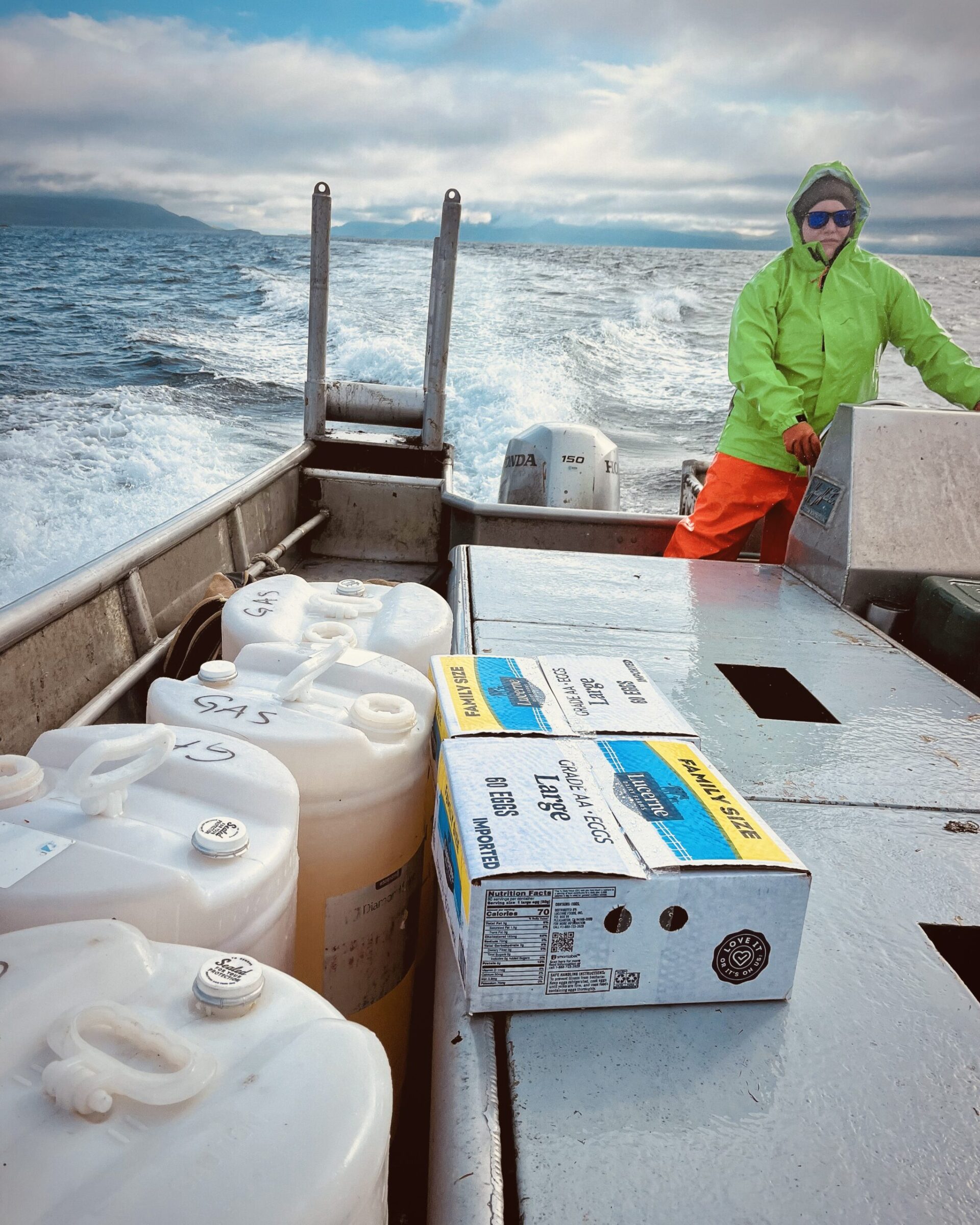
So our experience here on the south end of Kodiak Island is just one page in a much larger story. The erosion of working waterfronts across the U.S. is a serious and impactful pattern of resource consolidation, and can’t be chalked up solely to belt tightening through economic stress.
America’s harvesters, residents of coastal communities, and the decision-makers impacting them, need to look seriously at the vulnerabilities of our waterfront infrastructure. We need thriving opportunities for commerce, and we are often stronger with a spectrum of businesses large and small. But foundational access to food processing, port services, transportation, and other critical threads in the fabric of coastal economies cannot hinge on corporate investment alone. Otherwise, we risk more scenarios where bottom-line decisions by private companies have the ability to sever the lifelines between marine resources and coastal resilience.
In our corner of the world, resilience is something we do well. We’ve learned quickly how to cut costs and get creative. At my camp, we accelerated a plan to switch to solar power to significantly reduce our reliance on gasoline. We staged empty fuel drums in town for our neighbors with boats to fill and bring south opportunistically. Our friends in the crab fleet hauled out our 3-months worth of supplies, spare parts and groceries when they steamed by our end of the island to check their pots. In short, we hustled our way back to camp.
While I’m prone to an optimistic view, I can’t pretend any of this has been easy. Some of my neighbors have taken significant financial risks to gear up for this season. We’re all struggling to get used to one support vessel operating a 55-mile service route and a 240-mile delivery route, when we typically have 2 or 3 vessels and a nearby processor. And frankly, the fish haven’t really shown up yet, and that’s not exactly boosting morale or paying bills.
But the fishery opened and the gear went in. Our first fish were iced and got to market, and I’m holding out hope for some late run sockeye and a chance at a fresh start. As much as we grumble, there’s a reason people call fishermen perpetual gamblers and reckless optimists. There’s no shortage of reasons to quit, but that’s probably not going to happen so I guess we’ll just go ahead and get the net out.

